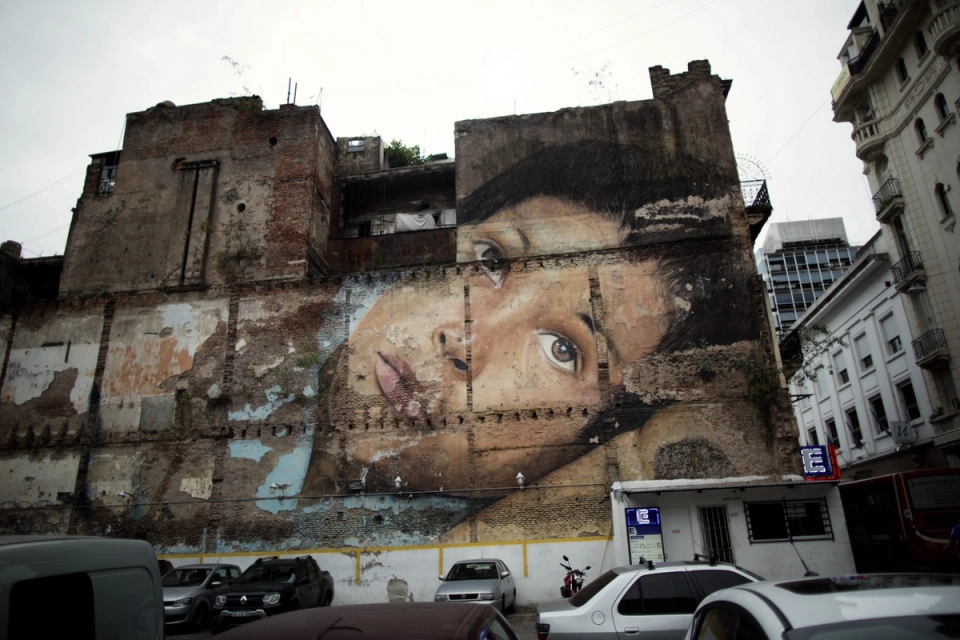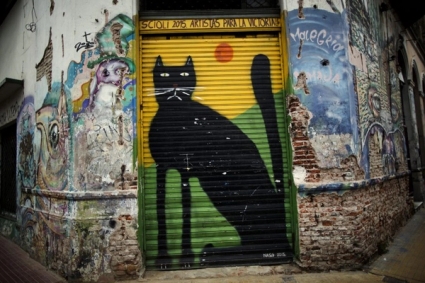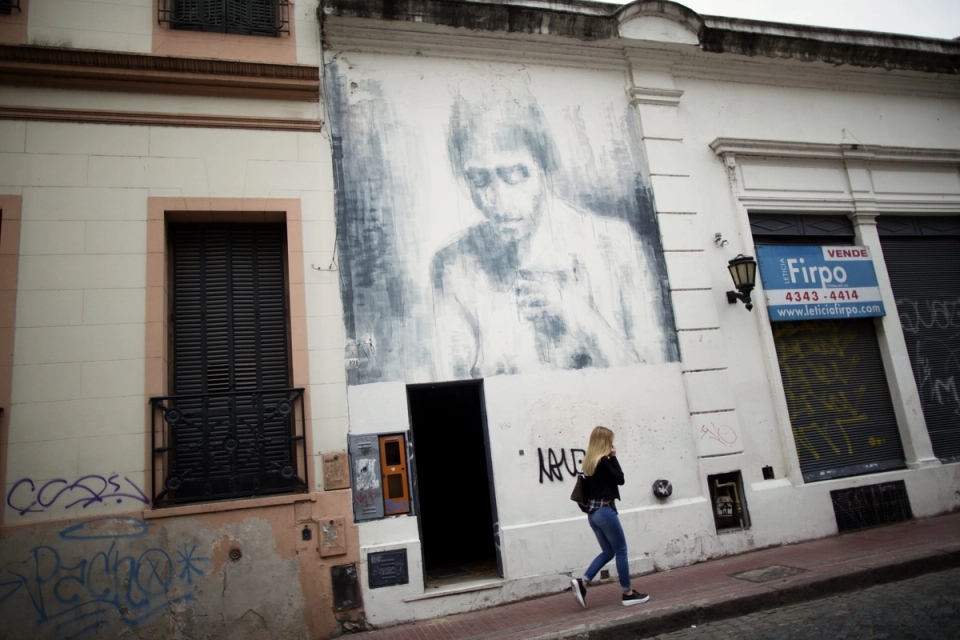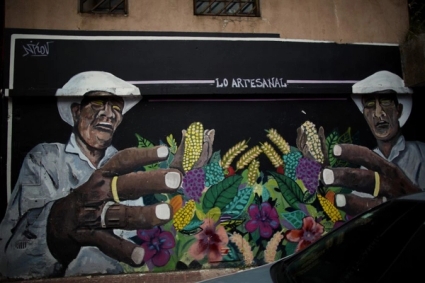
Buenos Aires for street art lovers
Walking Buenos Aires is more than anything a journey through an architectural wonderland, seeing the abundance of majestic buildings from decades of neoclassicism mixed with French and Italian Renaissance architecture.

But nowadays, a visitor can’t help but notice the numerous colorful murals, as abandoned buildings, bins, signs, rolling shutters and side walls are decorated with graffiti reflecting the vibrant urban art culture.

In fact, Buenos Aires is often listed as one of the top cities in the world to see street art. The laws regarding graffiti are rather facile, no authorization from the city government is needed, and the artists are normally allowed to paint if the owner of the building agrees to it.
Even politicians and city governments hire street artists to make their own street propaganda. Actually, it was politicians who started paying artists to paint their slogans on walls in 1950s Buenos Aires.

Later, artists painted in protest of unskilled politicians, even though the military dictatorship lasting from 1974 to 1983 effectively ended freedom of speech, as between 20 000 and 30 000 people were killed.
The evident beginning of the street art movement in general is traced back to the 1960s in New York City, first peaking 20 years later with subway trains murals in the Bronx.
In Argentina, the politics of President Carlos Menem pegged the value of the peso to the dollar, making it possible for more Argentinians to travel to cities with big street art scenes like New York and Barcelona to get inspiration.
In 1994 one of the first recognized street artists Alfredo “Pelado” Segatori started to paint in Buenos Aires, later holding the record for the longest mural in Argentina with a painting of 2000 meters squared.

The politics of President Menem, however, lead to the devastating Argentinean economic crisis in 2001. Buenos Aires' graffiti scene bloomed in the aftermath.
Artists took to the streets putting color on a bleak and grisly city with high unemployment and its poverty-stricken citizens.
They did this “as a social experiment to see how people would react to it, because at the time there was only propaganda, negativity, and anger”, Jonny Robson in Graffitimundo, which offers graffiti-tours in BA, told The Buenos Aires Herold in 2013.
He added that painting giant colorful characters was the most “apolitical thing” the artists could do, and that it was “just a very different way of dealing with economic hardship”.

Today Buenos Aires has a reputation as being one of the street art capitals of the world, hosting international street art festivals, attracting foreign artists and street art lovers everywhere with plenty of companies offering tours to foreign visitors.
Yet the best thing is that these stunning pieces of urban art are to be find in every neighborhood, from Palermo, Villa Crespo, Colegiales and Chacarita in the north, to San Telmo and La Boca in south.
Enjoy the the free art gallery which is constantly in flux, but also serves as a ever-present reminder of the history of Argentina.





